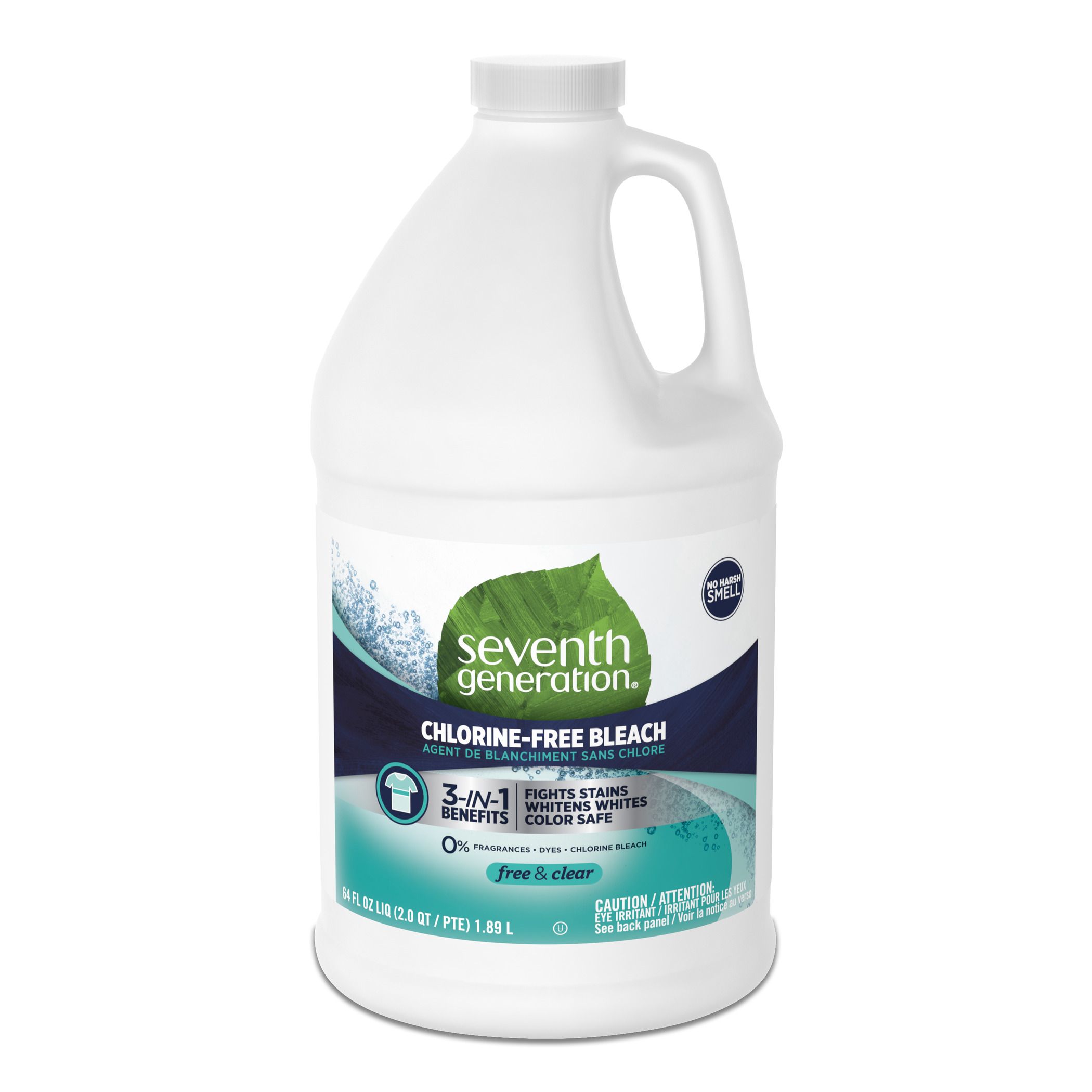

- #CHLORINE BLEACH HOW TO#
- #CHLORINE BLEACH SKIN#
Do not give anything by mouth to an unconscious person. Do not try to get the person to vomit unless told to do so specifically by a medical professional.

Swallowed: Call a poison control center, emergency services, or doctor.If breathing is affected, call a poison control center, emergency services, or doctor. Inhaled/breathed in: Move the person to fresh air.
#CHLORINE BLEACH SKIN#
Rinse the skin immediately with plenty of water for 15 to 20 minutes, or for the time the manufacturer recommends. Skin: Remove the contaminated clothing.Call a poison control center, emergency services, or a doctor. Remove contact lenses, if present, and continue rinsing the eye. Eyes: Hold the eye open and rinse slowly and gently with water for 15 to 20 minutes, or for the time the manufacturer recommends.What do I do if I splash bleach in my eyes or on my skin? Do not use with other products such as toilet bowl cleaners, rust removers, acids (including vinegar), and products containing ammonia.Wash your hands with soap and water after using the product. Do not eat, drink, or smoke when using the product.If using in the home, keep away from children. Store bleach in a safe, cool, dry place.
#CHLORINE BLEACH HOW TO#
Provide training in safe work and handling procedures, as well as how to use any emergency spill kit, or emergency eye wash/shower unit.
If using in a workplace, make sure that workers know how to use and store the product, and how react in an emergency. Protective chemical aprons or suits will provide more protection. Wear clothing that will cover your skin in the case of a spill, including a long-sleeved shirt, pants, socks, and closed-toed shoes. Note that not all gloves will protect you under every situation so read the directions or the SDS carefully for the manufacturer’s recommendation. Wear gloves such as household rubber or neoprene gloves (or other types as recommended by the manufacturer). Wear goggles or a face shield to protect your eyes and face from splashes. The vapours from bleach are irritating to the eyes and respiratory system. Make sure the area you are working in is well ventilated. Toxic gases can be produced, which are very irritating or corrosive to the eyes and lungs. Never mix with other products, especially other cleaners that contain ammonia. Know when and how to dilute the product correctly (e.g., always pour the concentrate/acid into the water, never the other way around). Do not use a container if it is not labelled or if you cannot read the label. Instructions will be on the label and/or on the Safety Data Sheet (SDS). Always follow the manufacturer’s instructions for safe use this or any cleaning product. Bleach is a disinfectant and should only be used when needed to kill bacteria, fungus, or viruses. Use soap and water to clean dirty surfaces. Use safer alternative products where possible (use another product that is less hazardous to work with).






 0 kommentar(er)
0 kommentar(er)
